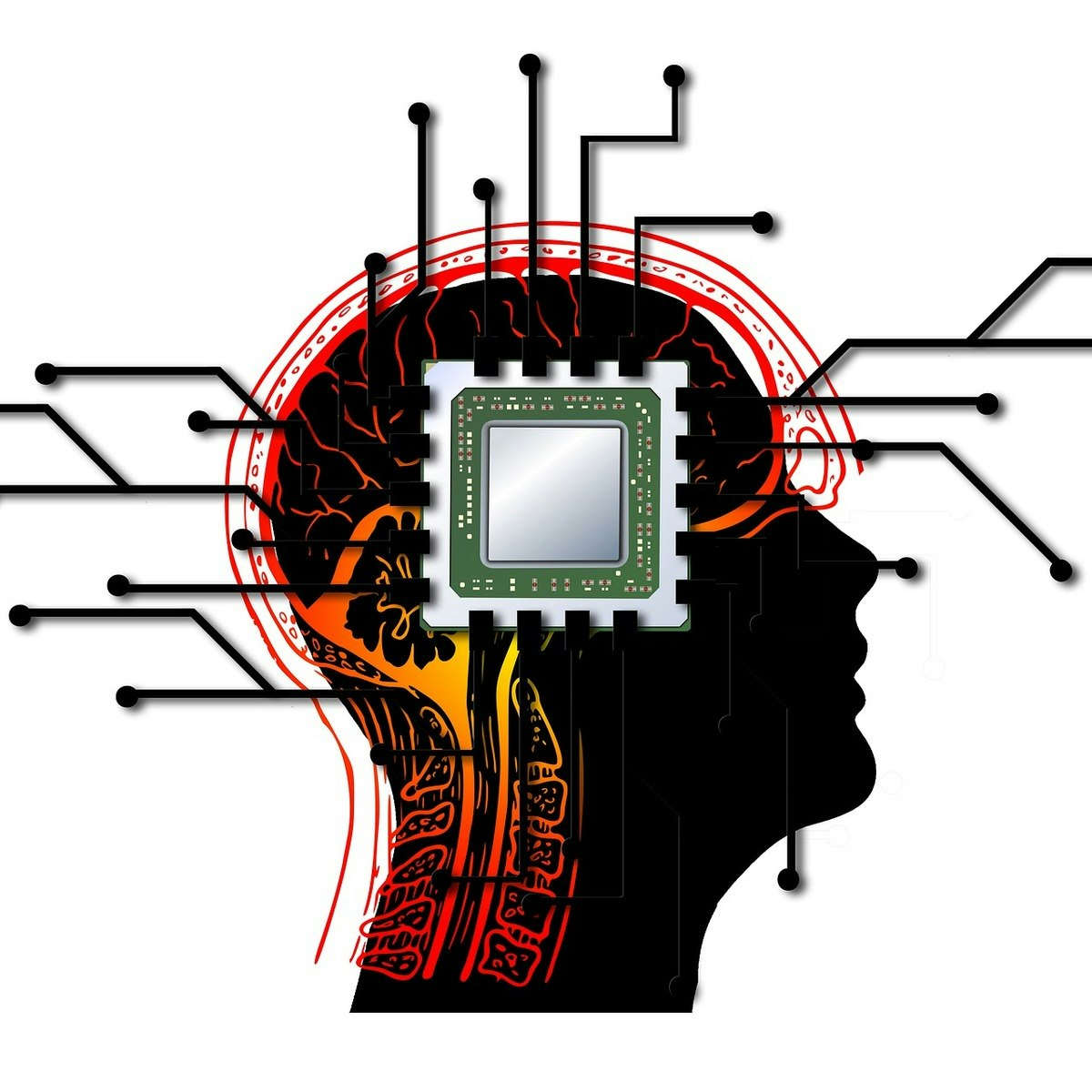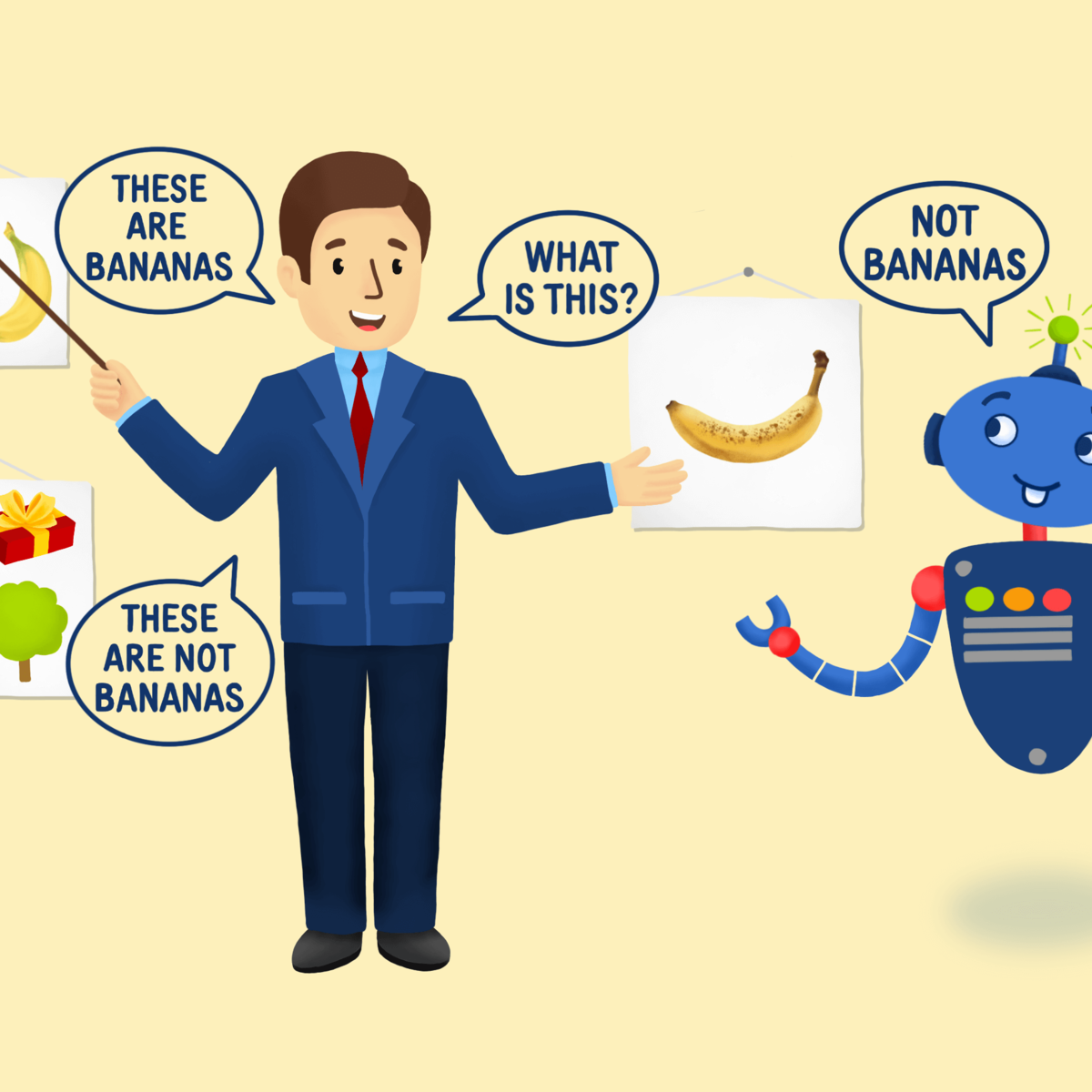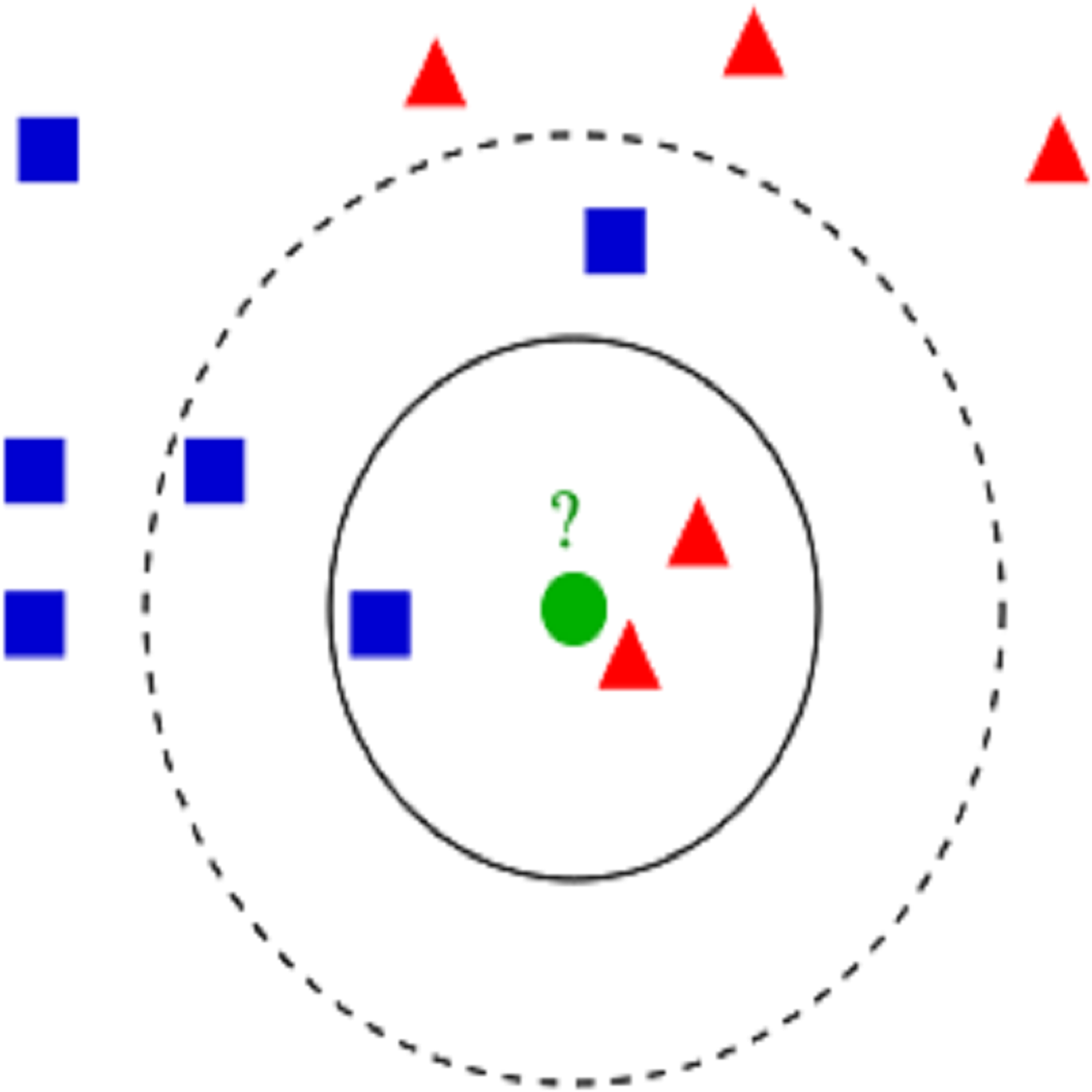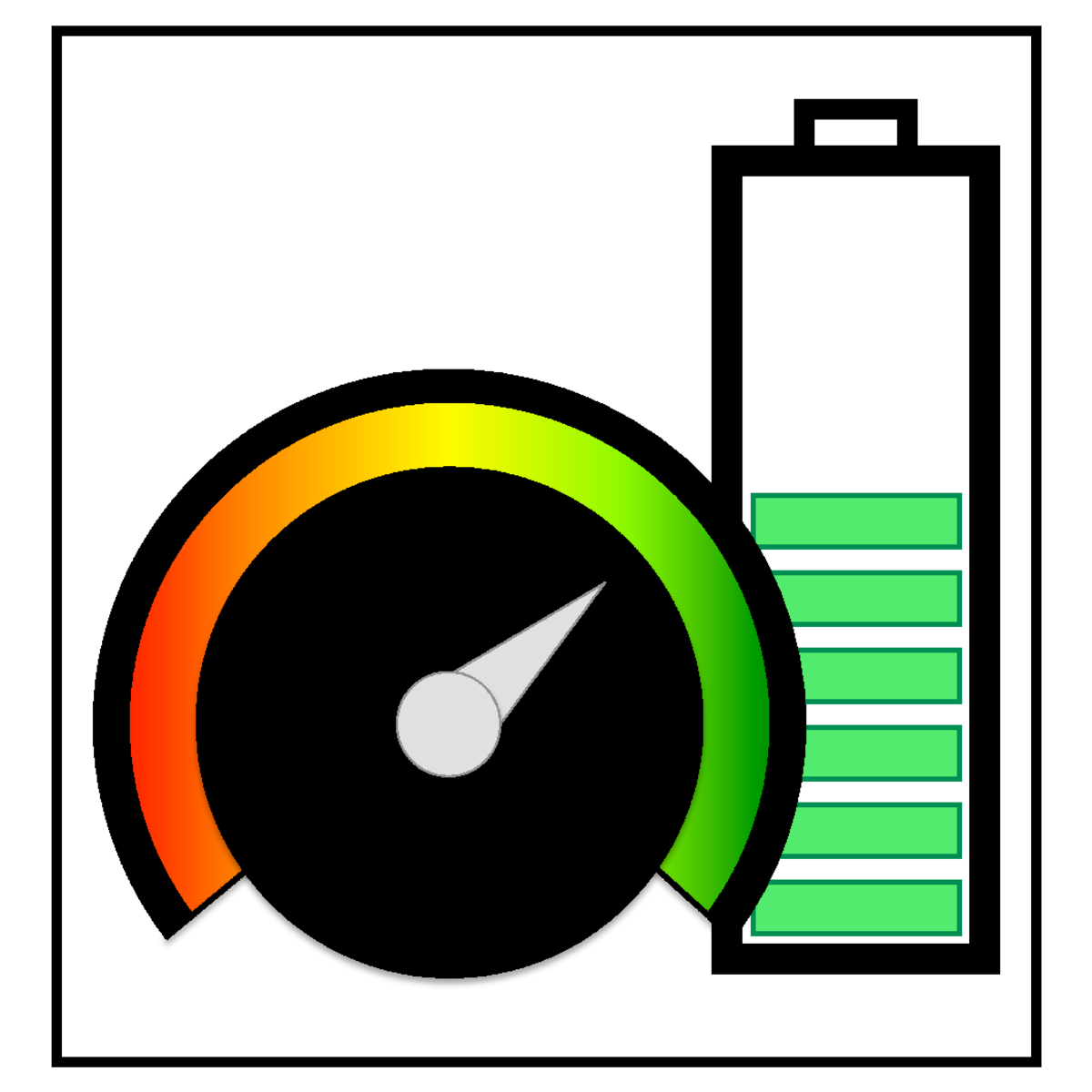Back to Courses









Algorithms Courses - Page 16
Showing results 151-160 of 326

Interpersonal, Developmental, and Evolutionary Perspectives of the Mind
In this course, we will explore how individual problem solving, judgment, and decision making can be influenced by interpersonal and developmental factors.

Where, Why, and How of Lambda Functions in Python
In this project we are going to learn about lambda expressions and it's application in python. We are going to start with what is Lambda expression and how we can define it, comparing lambda functions with regular functions in python and at the end we will learn how to use lambda functions for data manipulation and exploration in pandas. this guided-project is completely beginner friendly. you only need to have basic knowledge of python programming and some experience coding in Jupyter notebook environment.

Basic Game Development with Levels using Scratch
By the end of this project, you will create a basic game using additional features with an introductory, web-based coding program called Scratch. Learning to code will allow you to build basic coding or computer science skills and a fundamental understanding in order to grow your programming abilities. Learners will engage in the design process in order to develop an understanding of how to develop algorithms that control programs, use event-driven programming, and debug a program. Introduction to Basic Game Development using Scratch is a prerequisite for this project.
Note: This course works best for learners who are based in the North America region. We’re currently working on providing the same experience in other regions.

Computational Vision
In this course, we will expand on vision as a cognitive problem space and explore models that address various vision tasks. We will then explore how the boundaries of these problems lead to a more complex analysis of the mind and the brain and how these explorations lead to more complex computational models of understanding.

Snake game in Python: use Pygame to build your game
In this 1-hour long project-based course, you will be able to create the famous snake game using Python and Pygame modules, also you will be able to identify most of the objects and functions in the pygame library that will help you to build your own game projects. This includes applying draw, time, and display modules, handling different types of events, and defining functions for completing the game logic.
Python language is one of the most accessible programming languages available because of Its simplified syntax that gives emphasis on natural language. Python and Pygame are good languages and framework for rapid game prototyping or for beginners learning how to make simple games.
Note: This project works best for learners who are based in the North America region. We’re currently working on providing the same experience in other regions.

Avoid Overfitting Using Regularization in TensorFlow
In this 2-hour long project-based course, you will learn the basics of using weight regularization and dropout regularization to reduce over-fitting in an image classification problem. By the end of this project, you will have created, trained, and evaluated a Neural Network model that, after the training and regularization, will predict image classes of input examples with similar accuracy for both training and validation sets.
Note: This course works best for learners who are based in the North America region. We’re currently working on providing the same experience in other regions.

Guided Tour of Machine Learning in Finance
This course aims at providing an introductory and broad overview of the field of ML with the focus on applications on Finance. Supervised Machine Learning methods are used in the capstone project to predict bank closures. Simultaneously, while this course can be taken as a separate course, it serves as a preview of topics that are covered in more details in subsequent modules of the specialization Machine Learning and Reinforcement Learning in Finance.
The goal of Guided Tour of Machine Learning in Finance is to get a sense of what Machine Learning is, what it is for and in how many different financial problems it can be applied to.
The course is designed for three categories of students:
Practitioners working at financial institutions such as banks, asset management firms or hedge funds
Individuals interested in applications of ML for personal day trading
Current full-time students pursuing a degree in Finance, Statistics, Computer Science, Mathematics, Physics, Engineering or other related disciplines who want to learn about practical applications of ML in Finance
Experience with Python (including numpy, pandas, and IPython/Jupyter notebooks), linear algebra, basic probability theory and basic calculus is necessary to complete assignments in this course.

Simple Nearest Neighbors Regression and Classification
In this 2-hour long project-based course, we will explore the basic principles behind the K-Nearest Neighbors algorithm, as well as learn how to implement KNN for decision making in Python.
A simple, easy-to-implement supervised machine learning algorithm that can be used to solve both classification and regression problems is the k-nearest neighbors (KNN) algorithm. The fundamental principle is that you enter a known data set, add an unknown data point, and the algorithm will tell you which class corresponds to that unknown data point. The unknown is characterized by a straightforward neighborly vote, where the "winner" class is the class of near neighbors. It is most commonly used for predictive decision-making. For instance,:
Is a consumer going to default on a loan or not?
Will the company make a profit?
Should we extend into a certain sector of the market?
Note: This course works best for learners who are based in the North America region. We’re currently working on providing the same experience in other regions.

Battery State-of-Charge (SOC) Estimation
This course can also be taken for academic credit as ECEA 5732, part of CU Boulder’s Master of Science in Electrical Engineering degree.
In this course, you will learn how to implement different state-of-charge estimation methods and to evaluate their relative merits. By the end of the course, you will be able to:
- Implement simple voltage-based and current-based state-of-charge estimators and understand their limitations
- Explain the purpose of each step in the sequential-probabilistic-inference solution
- Execute provided Octave/MATLAB script for a linear Kalman filter and evaluate results
- Execute provided Octave/MATLAB script for state-of-charge estimation using an extended Kalman filter on lab-test data and evaluate results
- Execute provided Octave/MATLAB script for state-of-charge estimation using a sigma-point Kalman filter on lab-test data and evaluate results
- Implement method to detect and discard faulty voltage-sensor measurements

Algorithms on Graphs
If you have ever used a navigation service to find optimal route and estimate time to destination, you've used algorithms on graphs. Graphs arise in various real-world situations as there are road networks, computer networks and, most recently, social networks! If you're looking for the fastest time to get to work, cheapest way to connect a set of computers into a network or efficient algorithm to automatically find communities and opinion leaders in Facebook, you're going to work with graphs and algorithms on graphs.
In this online course, you will first learn what a graph is and what are some of the most important properties. Then you'll learn several ways to traverse graphs and how you can do useful things while traversing the graph in some order. We will then talk about shortest paths algorithms — from the basic ones to those which open door for 1000000 times faster algorithms used in Google Maps and other navigational services. You will use these algorithms if you choose to work on our Fast Shortest Routes industrial capstone project. We will finish with minimum spanning trees which are used to plan road, telephone and computer networks and also find applications in clustering and approximate algorithms.
Popular Internships and Jobs by Categories
Browse
© 2024 BoostGrad | All rights reserved


